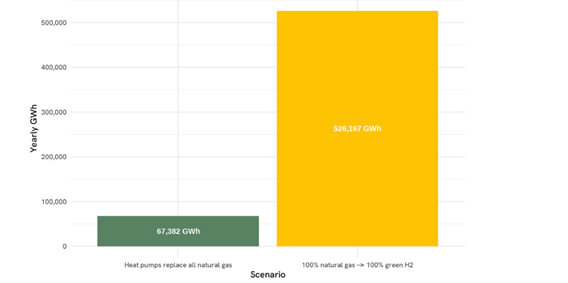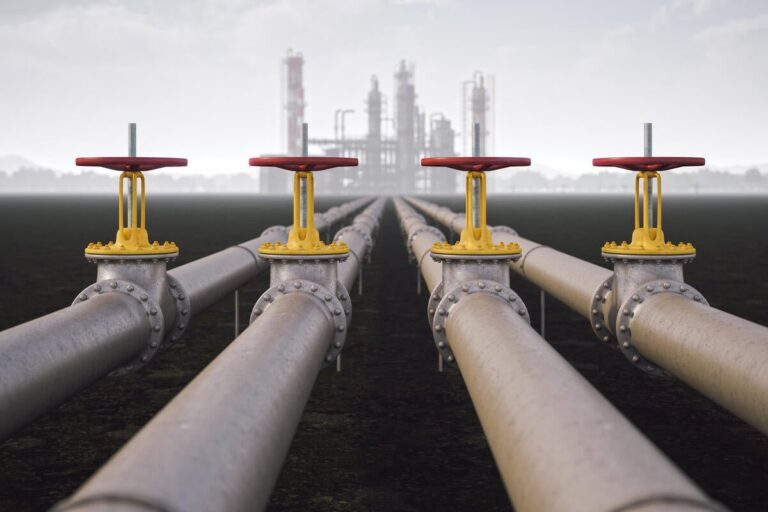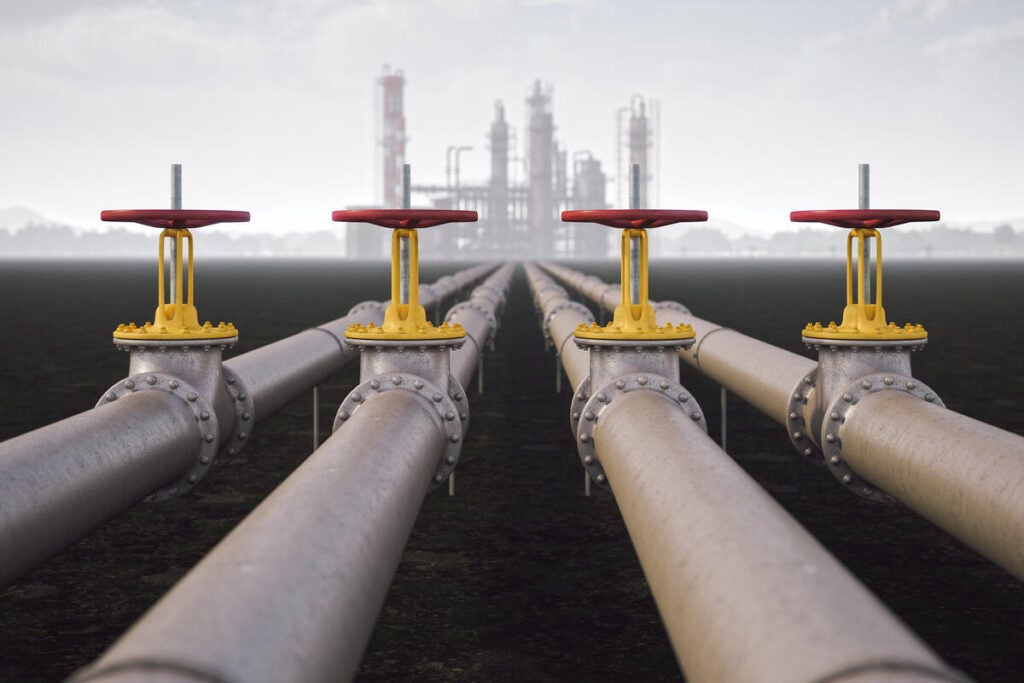By Curt Stokes & Sonya Jindal
- Hydrogen blending is a poor choice for Illinois’s gas pipelines as 70% of the energy content would be lost before it reaches buildings, making direct electrification with renewable energy and efficient heat pumps a far better option.
- A 20% hydrogen blend would reduce emissions from gas-heated buildings by only 5% while consuming nearly 8 times more electricity than efficient heat pumps.
Hydrogen blending is an inefficient and ineffective way for Illinois to decarbonize its buildings. A new report, Blending Hydrogen and Natural Gas: A Road to Nowhere for Illinois, commissioned by Environmental Defense Fund, exposes the flaws in this strategy. The report finds that blending green hydrogen into the state’s gas pipeline system would waste clean electricity, prolong reliance on fossil fuel infrastructure and offer only minimal emissions reductions.
Blending green hydrogen is a wasteful detour on Illinois’ path to clean energy Share on X
Using renewable energy to produce green hydrogen, then inserting that hydrogen into gas pipelines to cook food and heat buildings, is a poor way to meet Illinois’ climate goals – expensive and inefficient. Hydrogen should be reserved for hard-to-electrify sectors, not for buildings that can be more effectively served by other solutions.
The illusion of progress
Some Illinois gas utilities have proposed injecting green hydrogen into the natural gas system as a near-term strategy to reduce emissions. However, this approach is largely an illusion. New analysis shows that a 20% hydrogen blend would only reduce emissions from gas-heated buildings in Illinois by about 5%.
This strategy is highly inefficient. Due to hydrogen’s low energy density, a 20% blend (by volume) displaces only about 7% of the natural gas burned in buildings. The clean electricity required for this minimal reduction could instead power nearly 3 million heat pumps, delivering more than triple the emissions reductions.
Heating buildings with a 20% hydrogen blend would consume 7.8 times more clean electricity than using highly efficient heat pumps. This approach wastes valuable renewable energy that could be better used to directly electrify and decarbonize buildings.
Hydrogen blending is a dead end for building heat
Utilities sometimes present green hydrogen blending as a climate-friendly stepping-stone to a fully hydrogen-based gas system. However, this strategy is flawed. Modeling from Switchbox finds that heating buildings with 100% green hydrogen would require 1.6 times more renewable electricity than needed to decarbonize the entire Illinois economy by 2050 using more efficient technologies.
Even with this massive investment, hydrogen leaks would still result in building emissions more than a quarter of current levels.

Converting Illinois building heat to 100% green hydrogen would take nearly 8 times as much electricity as converting them to heat pumps running on clean electricity. (Source: Switchbox 2025)
By contrast, electrifying buildings with efficient heat pumps could eliminate nearly 100% of emissions using a fraction of the renewable electricity.
Invest in real decarbonization
Illinois must prioritize efficient, cost-effective strategies to meet its goal of a 100% clean energy economy by 2050. Blending hydrogen into gas pipelines fails that test, acting as a “road to nowhere.” This approach delays genuine decarbonization, strains the electric grid and reinforces dependence on aging, leaky gas infrastructure.
The future of clean, affordable energy in Illinois lies in electrifying buildings with efficient technologies like heat pumps, making smart and scalable investments that benefit both people and the planet.
Read the full report and download report graphics at https://www.switch.box/gh2il.


